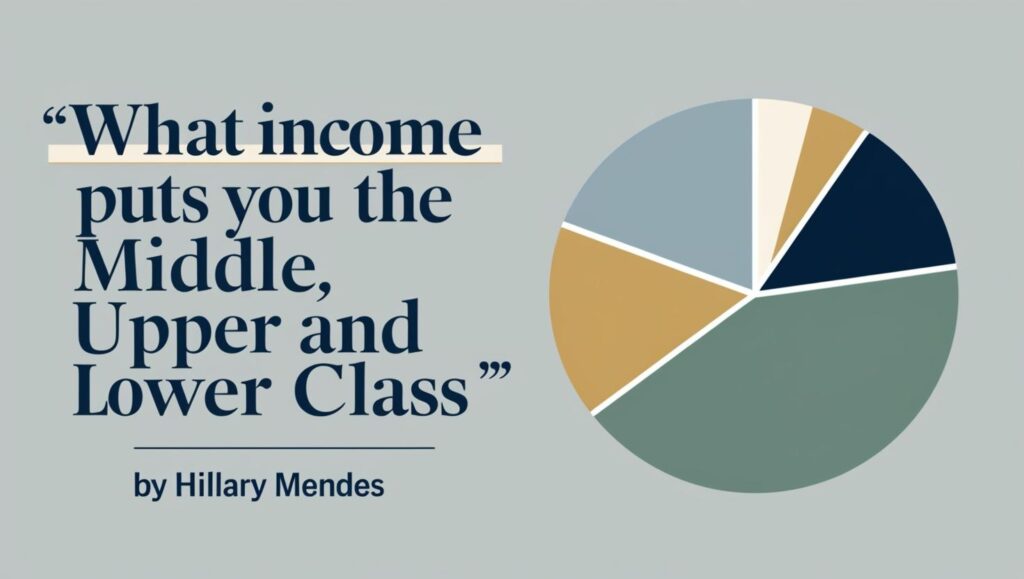What Income Puts You In The Middle, Upper and Lower Class

Understanding the spectrum of income levels across the United States provides valuable context for personal financial planning and wealth-building strategies. I know these numbers might seem low if you live on the coasts but remember, we are a large country with a lot of different economic realities across our great land.
Current Income Ranges in the United States
Recent data from the U.S. Census Bureau highlights the distribution of household incomes:
- Median Household Income: Approximately $80,610 as of 2023. pgpf.org
- Middle-Income Range: Households earning between $56,600 and $169,800 annually. pewresearch.org
- Lower-Income Bracket: Earnings below $56,600 per year.
- Upper-Income Bracket: Earnings exceeding $169,800 annually.
It’s important to note that these figures can vary significantly based on geographic location, cost of living, and family size. For instance, the income required to maintain a middle-class lifestyle in California differs markedly from that in Ohio.
Leveraging Income to Build Wealth
Regardless of your position within these income brackets, effectively managing and utilizing your income is crucial for wealth accumulation. Consider the following strategies:
- Prioritize Career Growth: Seek employment opportunities that offer clear paths for salary advancement. Regularly updating your skills and pursuing professional development can lead to promotions and raises, thereby increasing your earning potential.
- Diversify Income Streams: Engage in side hustles or part-time ventures aimed at achieving specific financial objectives, such as debt reduction or saving for significant purchases. Ensure these endeavors are goal-oriented and do not detract from your primary income source.
- Practice Financial Discipline: Adopt a lifestyle that allows you to live below your means. This approach frees up resources that can be allocated toward debt repayment, emergency savings, or investment opportunities.
- Invest Wisely: Allocate a portion of your income to investments that align with your financial goals and risk tolerance. Starting early and contributing consistently can harness the power of compound interest, significantly enhancing wealth over time. lynalden.com
- Utilize Budgeting Tools: Implement budgeting applications, such as EveryDollar, to monitor spending habits, set financial goals, and identify areas where expenses can be reduced.
By comprehending where your income stands within the national landscape and implementing disciplined financial practices, you can effectively utilize your earnings as a powerful tool for building lasting wealth.
All writings are for educational and entertainment purposes only and does not provide investment or financial advice of any kind.







